Bank of Korea to Cut Key Interest Rate by 25 Basis Points Amid Q1 Economic Contraction and Moderate Inflation
The Bank of Korea (BOK) is poised to reduce its benchmark interest rate by 25 basis points on Thursday, reflecting the contraction in economic activity during the first quarter of 2025 and inflation figures that remain close to the central bank’s target. A Reuters survey of 36 economists unanimously anticipates this move, marking a significant step in South Korea's monetary easing cycle as inflation moderates and the Korean Won (KRW) gains strength.
Economic Contraction and Inflation Supporting Monetary Easing by Bank of Korea
Recent official data revealed a 0.2% contraction in South Korea’s GDP in Q1 compared to the previous quarter, underscoring a slowdown in economic momentum. This slowdown, combined with an April inflation rate of 2.1%, near the Bank of Korea’s 2.0% target, provides the central bank with a rationale to ease monetary policy to stimulate growth.
The BOK Governor, Lee Chang-yong, hinted at the potential rate cut ahead of the GDP release, signaling readiness to act amid weakening economic indicators. Additionally, the Korean Won has rebounded approximately 9% from its recent lows, alleviating some inflationary pressures by reducing import costs. This currency appreciation further strengthens the case for a policy rate reduction.
Lowering the base rate from 2.75% to 2.50%—a level last seen in August 2022—would mark the renewal of the easing cycle, aiming to support economic recovery without destabilizing inflation expectations.
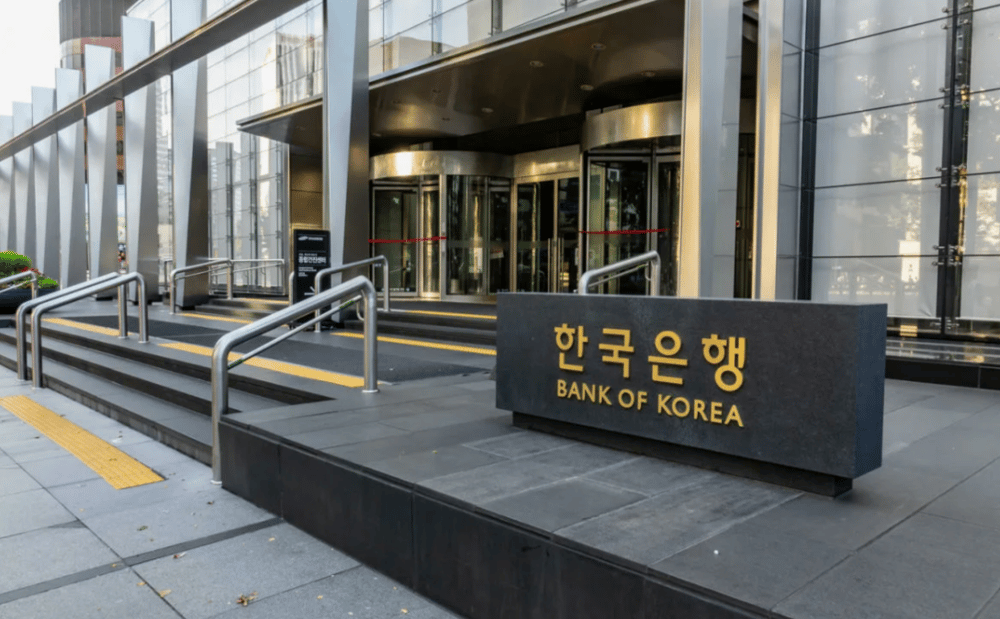
Brief Facts:
Bank of Korea expected to cut key interest rate by 25 basis points to 2.50%.
South Korea’s Q1 GDP contracted by 0.2% quarter-on-quarter.
April inflation rate stood at 2.1%, near the 2.0% BOK target.
Korean Won appreciated about 9% from recent lows.
36 economists surveyed unanimously forecast the May 29 rate cut.
Market and Expert Reactions to BOK Rate Cut Decision
Financial markets have largely priced in the Bank of Korea’s forthcoming rate cut, reflecting confidence in the central bank’s response to the Q1 economic slowdown. The appreciation of the KRW has somewhat offset inflation risks, allowing room for the BOK to lower borrowing costs without triggering excessive inflationary pressures.
Analysts note that this rate cut aligns with broader global trends of cautious monetary easing amid mixed economic signals. The move is expected to positively influence South Korea’s credit conditions, potentially boosting consumption and investment.
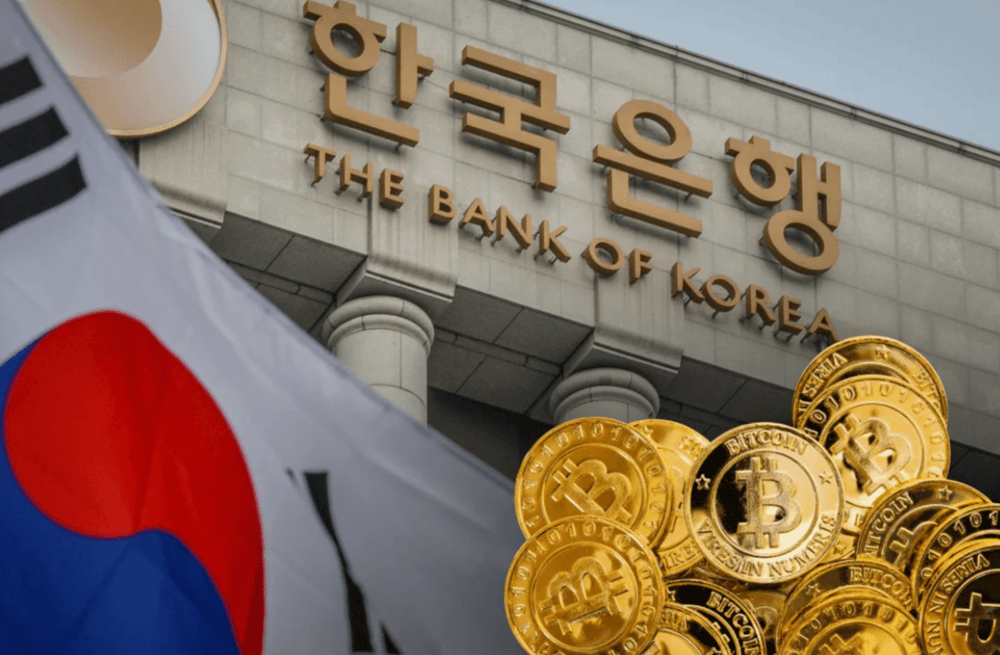
Key Points:
Bank of Korea’s 25 bps rate cut anticipated due to Q1 GDP decline.
Inflation remains moderate and close to the central bank’s 2% target.
KRW appreciation provides relief on import prices and inflation.
Rate cut signals restart of monetary easing cycle last seen in 2022.
Consensus among economists underscores policy predictability.
Significance of Bank of Korea’s Interest Rate Cut for South Korean Economy and Markets
The Bank of Korea’s decision to lower its key interest rate by 25 basis points amid economic contraction and moderate inflation highlights a balanced approach to monetary policy. By easing borrowing costs while monitoring inflationary trends, the BOK aims to foster economic recovery in a challenging global environment. This move is significant for the South Korean financial markets, currency stability, and broader economic outlook in 2025.


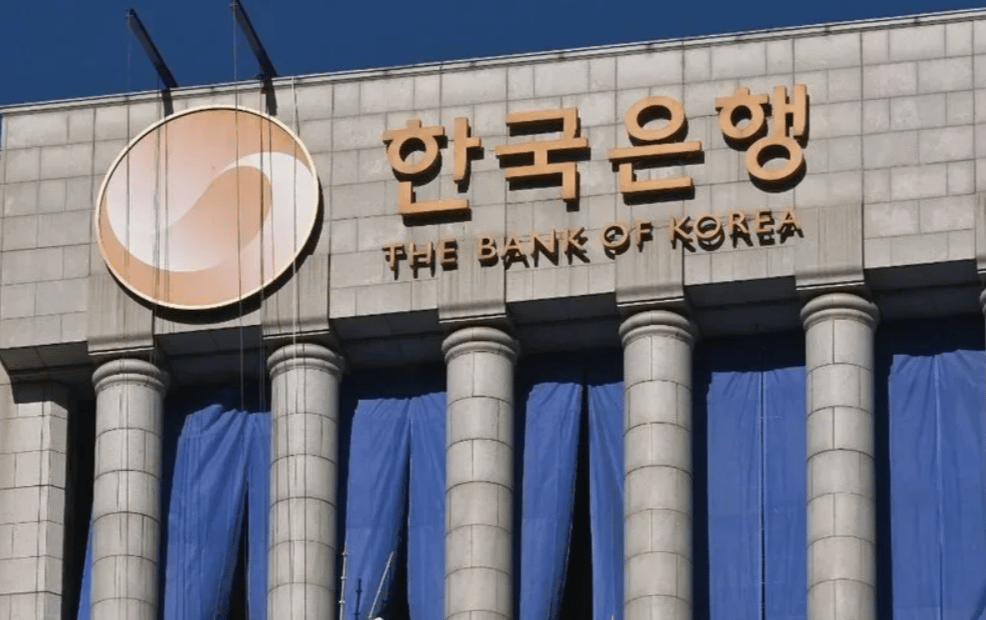


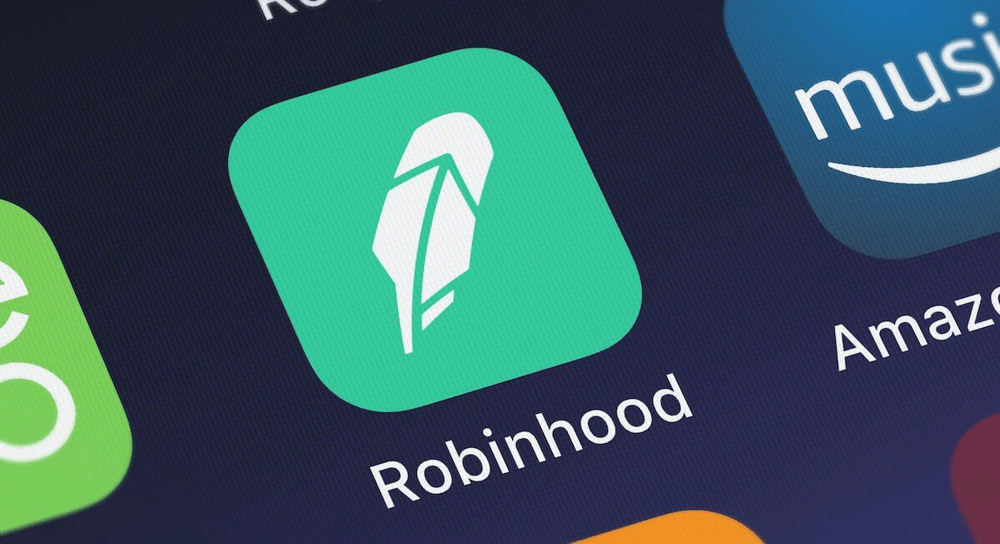
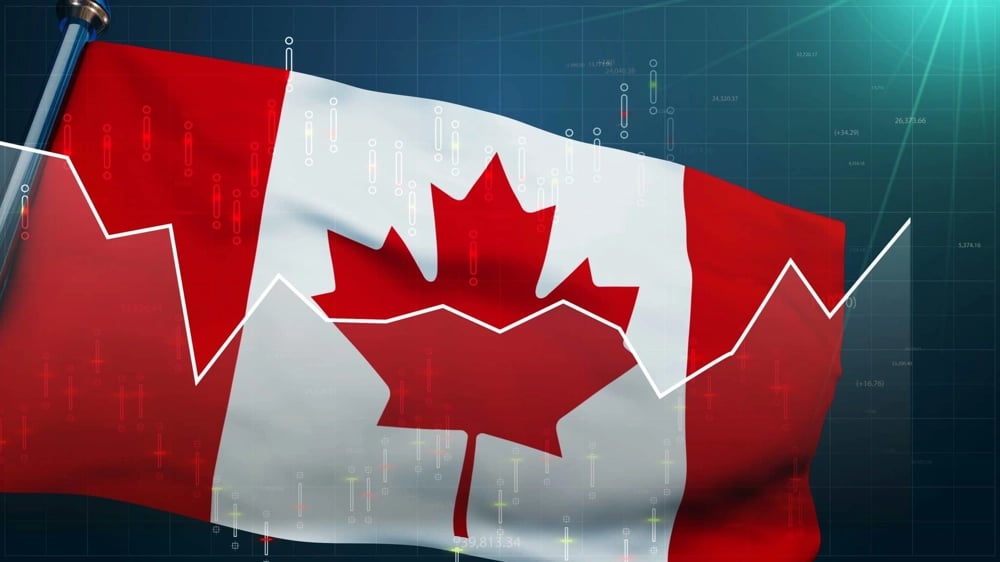


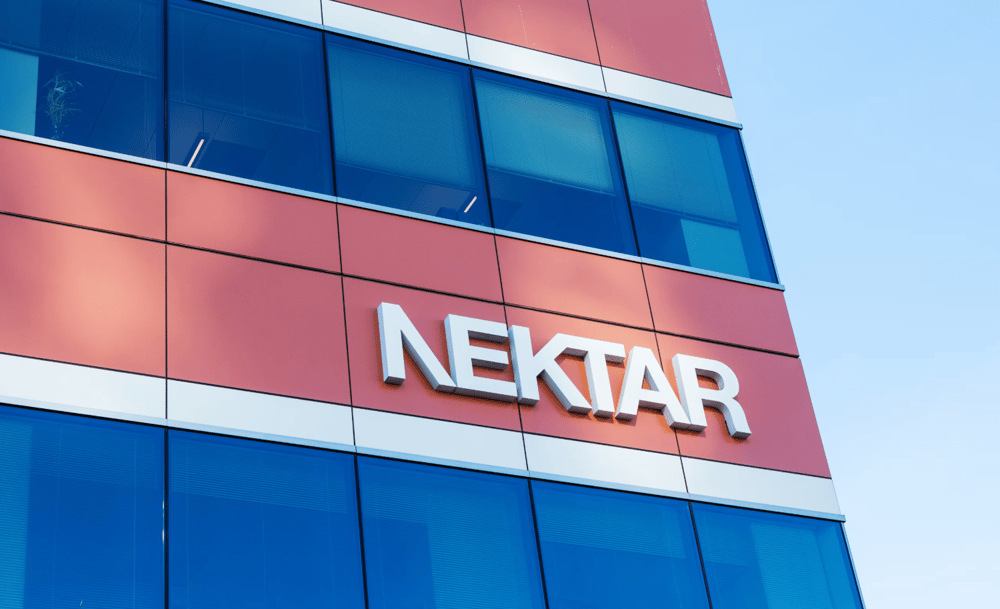





Comments
This sale could mark a turning point in how automation drives growth in the tech sector